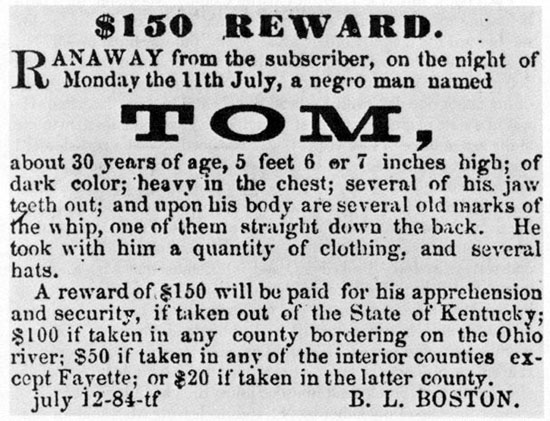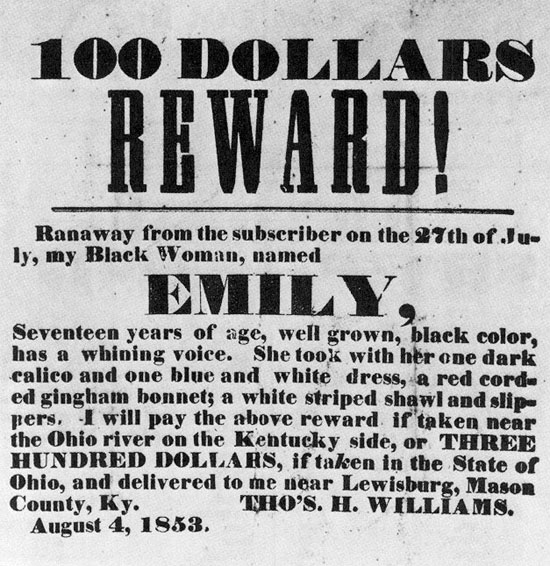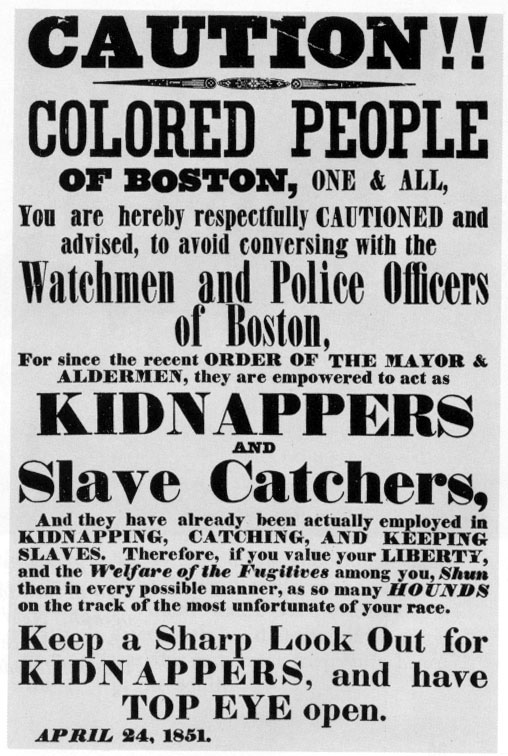
Background materials for class discussion of Uncle Tom's Cabin
Stowe first published Uncle Tom's Cabin in a 40-installment series beginning in June of 1851 in the National Era, an abolitionist paper. It was published in novel format in 1862. It would be hard to exaggerate how popular it was; according to most commentators of the time, it was the most important book of the century. It is second only to the bible in terms of sales numbers in the U.S. Its value, messages, and problems have long been debated among critics. But no matter what you think of it, it's worth a read to be able to understand what has long been a touchstone of American literary history, as well as American history. I'm sorry we've only read a small excerpt (not at all the best way to read a novel!) but I hope it will get you interested enough to read the whole thing.
A note about language: The word "nigger" appears throughout the text, and it's an (understandably) problematic term. One thing to note is the fact that Stowe's narrator does not use the word; rather, when it appears, it comes from the mouths of characters within the novel.
Keep in mind that in 1851 and 1852, when the text appeared, slavery (and abolition) was the issue of the day. The passage of the 1850 Fugitive Slave Act (which, among other things, required that Northerens assist in returning runaway slaves) had ignited controversy, and was, according to Stowe, one of the key motivations behind her writing of the story.
Here are a few cultural artifacts (primary documents!) from the time that I hope will set up some context:
First, two ads for runaway slaves: note the details included in the descriptions. What do they tell us? What elements of the ads seem notable?



I highly recommend the site Uncle Tom's Cabin and American Culture from the University of Virginia. I am particularly intrigued by their collection of advertisements that used the characters of Stowe's novels to sell all kinds of products.